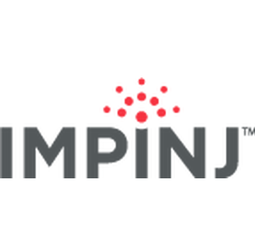
- Functional Applications - Remote Monitoring & Control Systems
- Networks & Connectivity - RFID
- Sensors - RFID Readers
- Sensors - Temperature Sensors
- Wearables - Tags & Patches
- Consumer Goods
- Logistics & Transportation
- Supply Chain Visibility
Like most grocery retailers, Hy-Vee is faced with the challenge of providing the highest quality products to its shoppers. Shoppers want the longest possible shelf life from perishable products and expect a consistent product experience each time they shop. Controlling the quality of products sold leads to shopper loyalty, which is of paramount importance to the success of Hy-Vee. Before products arrive in stores, Hy-Vee's distribution centers (DCs) handle items including dairy products, fresh meats, seafood, deli items, produce and frozen goods, all of which have different temperature needs and sensitivities. During transit from suppliers to DCs, Hy-Vee has limited visibility and temperature management abilities due to large amount of supplier managed transportation. For instance, during a week-long transit, a supplier's carrier equipment may malfunction, causing an item to thaw and then refreeze once repairs are made. Hy-Vee sought help from TempTRIP, an RFID solution provider that focuses on shipping, storage, receiving, and temperature control. TempTRIP's EPC RFID tags use Impinj chips to monitor and report temperature readings throughout the shipping and receiving process. The tags can also be re-configured and re-used, a unique feature within the current market of temperature monitoring devices.
Hy-Vee requires suppliers to include TempTRIP UHF Gen2 RFID tags powered by Impinj Monza X-8K chips with every order. The TempTRIP tags record time and temperature readings on pre-set intervals throughout the shipping and receiving process. When items arrive at the DCs, tags are passed by Impinj Speedway Revolution readers placed between dock doors. Each reader is connected to 11 antennas using Impinj Speedway Antenna Hubs. The readers collect and send data to TempTRIP's servers. Algorithms are applied to the data on a per-product basis, allowing each product to be evaluated based on specific temperature guidelines. After the data is analyzed, results are sent to a Hy-Vee website. Hy-Vee uses this data to refuse product, investigate product, measure performance, provide feedback to drivers, carriers and suppliers, and determine if an item should be discounted based on a shorter expected shelf-life. Once data is collected, the tag is cleared and configured for reuse. This system gives Hy-Vee 100% cold chain monitoring and management capabilities both inbound and outbound, from multiple suppliers, subsidiaries, distribution centers, transport carriers, and retail store locations.

Case Study missing?
Start adding your own!
Register with your work email and create a new case study profile for your business.
Related Case Studies.
.png)








